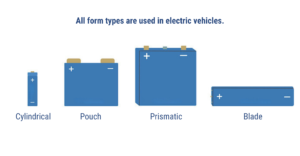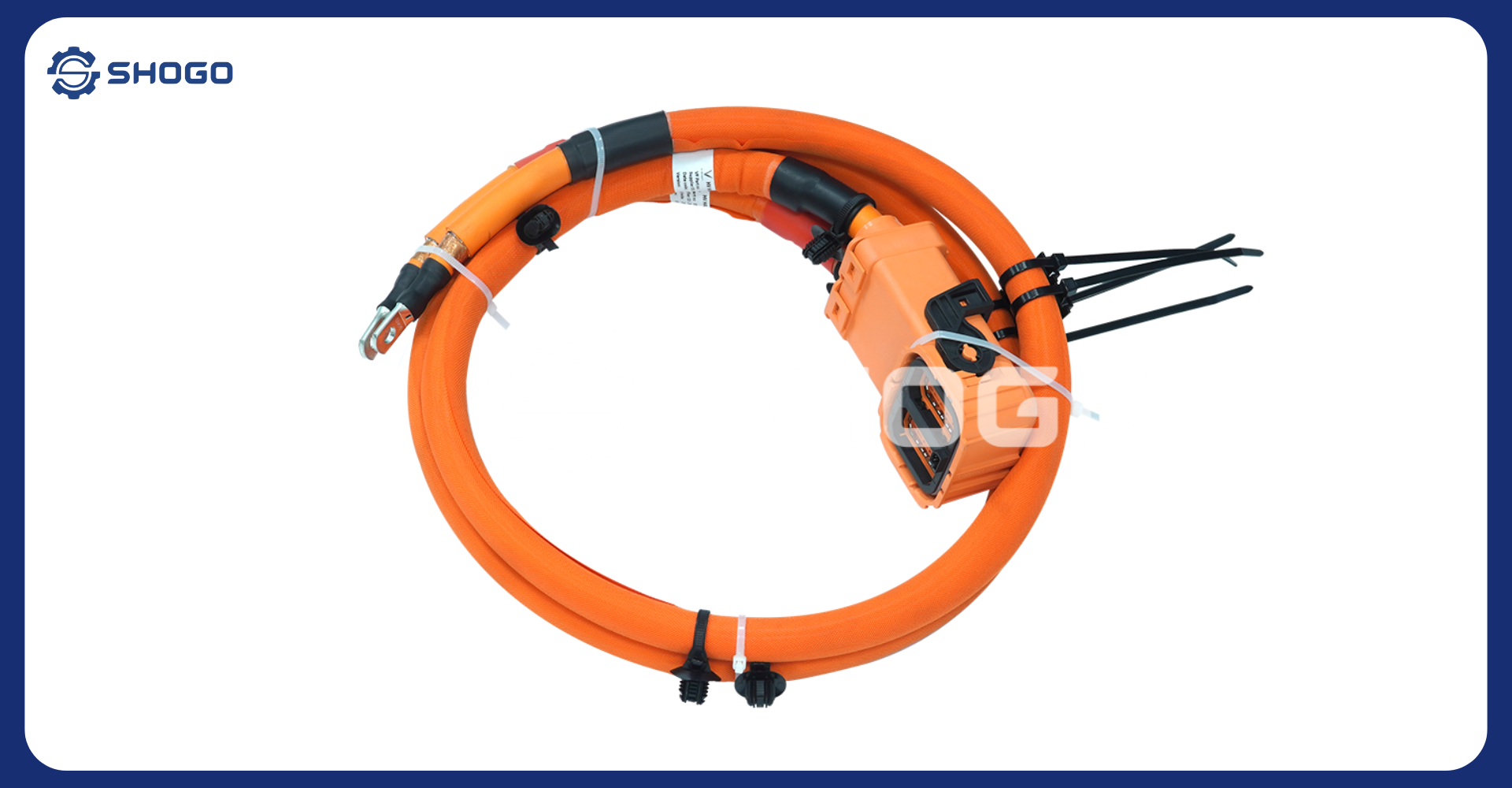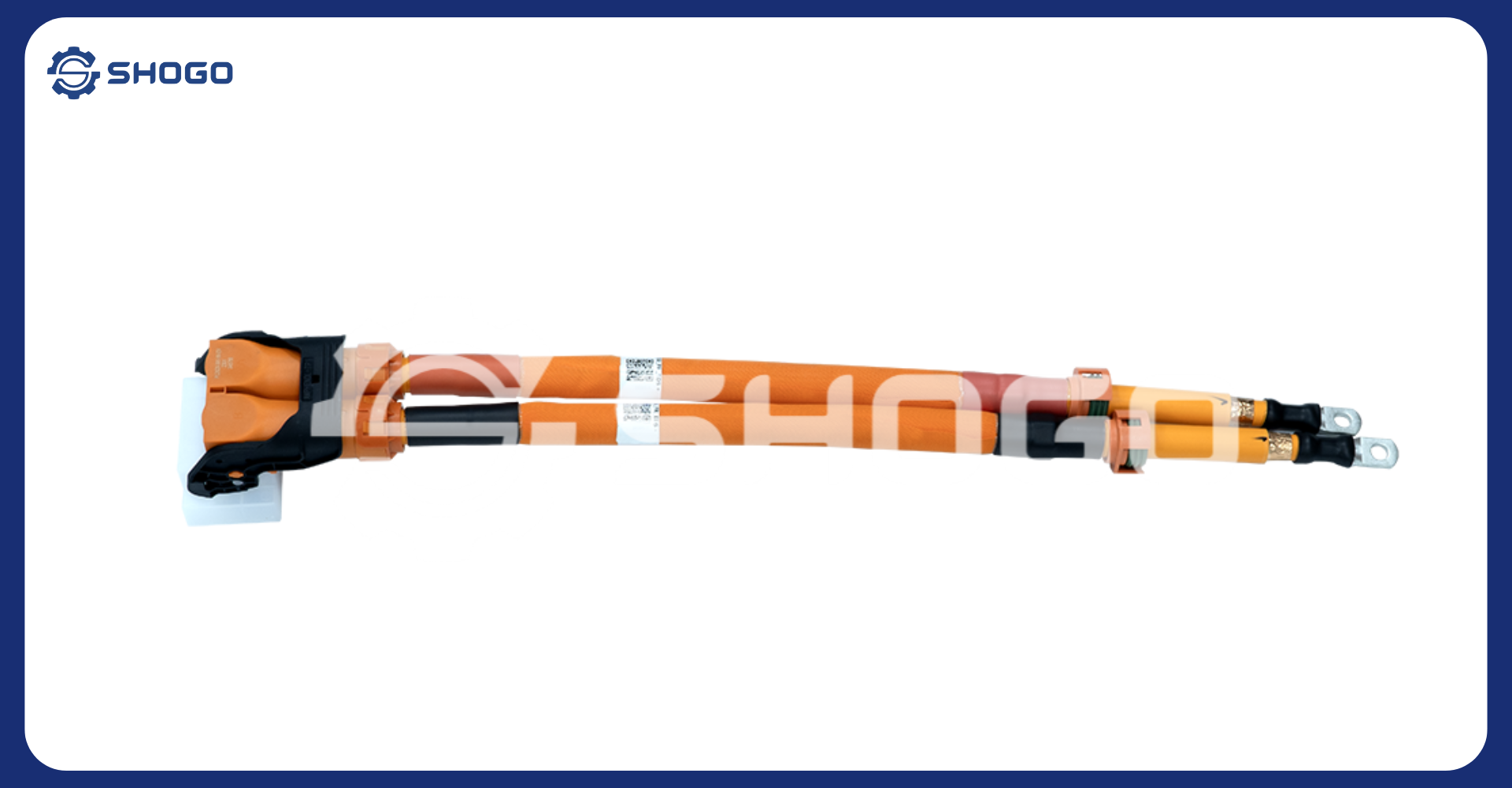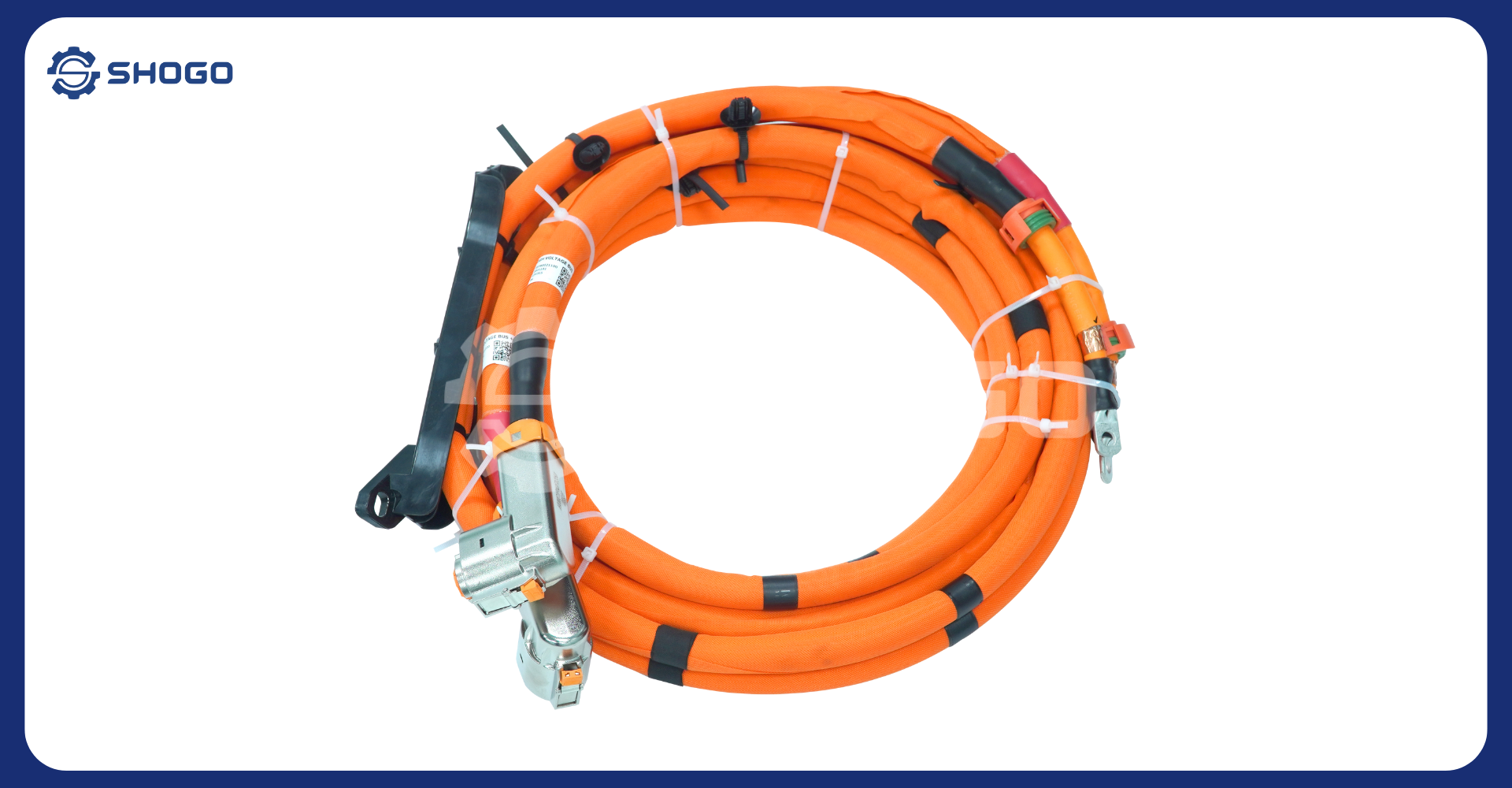
1. A Silent Revolution
In recent decades, the automotive industry has witnessed a significant revolution with the advent of electric vehicles. And behind the success of these electric cars is the Lithium ion battery. This type of battery is not merely a power source but also a critical factor determining an electric vehicle’s range, charging speed, and lifespan. So, what makes lithium-ion batteries so special and indispensable in electric vehicles?

2. Structure and Operating Principle
A Lithium ion battery consists of the following main components:
- Positive electrode: Typically made of lithium compounds and transition metals such as cobalt, nickel, and manganese.
- Negative electrode: Made of graphite or other materials capable of absorbing lithium ions.
- Electrolyte: A liquid or gel-like solution that conducts lithium ions between the two electrodes.
- Separator: A thin membrane that separates the two electrodes, allowing only lithium ions to pass through.
When the battery is charged, lithium ions move from the positive electrode to the negative electrode and are absorbed into the negative electrode material. Conversely, during discharge, lithium ions move back to the positive electrode, generating an electric current to power the electric motor.
3. Advantages of Lithium-Ion Batteries
- High energy density: Thanks to their special structure, Lithium ion battery can store a large amount of energy in a small volume, increasing the driving range of electric vehicles.
- Long lifespan: With advancements in technology, Lithium ion battery can undergo thousands of charge-discharge cycles without significant performance degradation.
- High power: Lithium ion battery can deliver high and stable current, meeting the demands of acceleration and high-speed operation of electric vehicles.
- Diverse size and shape: Lithium ion battery can be designed in various sizes and shapes, suitable for different types of vehicles and installation spaces.
- Wide temperature operating range: Lithium ion battery operate well over a wide temperature range, ensuring stable vehicle performance in various weather conditions.
4. Challenges and Development Directions
Despite their advantages, Lithium ion battery also have some limitations that need to be addressed:
- High cost: The raw materials for producing Lithium ion battery, such as cobalt and nickel, are quite expensive, increasing the production cost of electric vehicles.
- Safety: Lithium ion battery can pose a fire hazard if not designed and used properly.
- Limited resources: The extraction of rare materials for Lithium ion battery production can cause environmental and social problems.
To overcome these limitations, manufacturers are focusing on the following development directions:
- Finding alternative materials: Research and development of battery types using cheaper and more sustainable materials such as lithium iron phosphate (LFP).
- Improving manufacturing technology: Applying advanced technologies to reduce production costs and increase battery lifespan.
- Effective thermal management: Designing intelligent thermal management systems to ensure battery safety and extend lifespan.
- Battery recycling: Building efficient battery recycling systems to minimize environmental impact.
5. The Future of Lithium-Ion Batteries
Lithium ion battery will continue to play a vital role in the development of the electric vehicle industry in the near future. With continuous technological advancements, we can expect new types of lithium-ion batteries with higher performance, lower costs, and greater environmental friendliness.
6. Conclusion
Lithium ion battery are a groundbreaking technology that is transforming the way we travel. With their outstanding advantages and ongoing development, lithium-ion batteries will remain the “heart” of electric vehicles and contribute to building a sustainable energy future.


